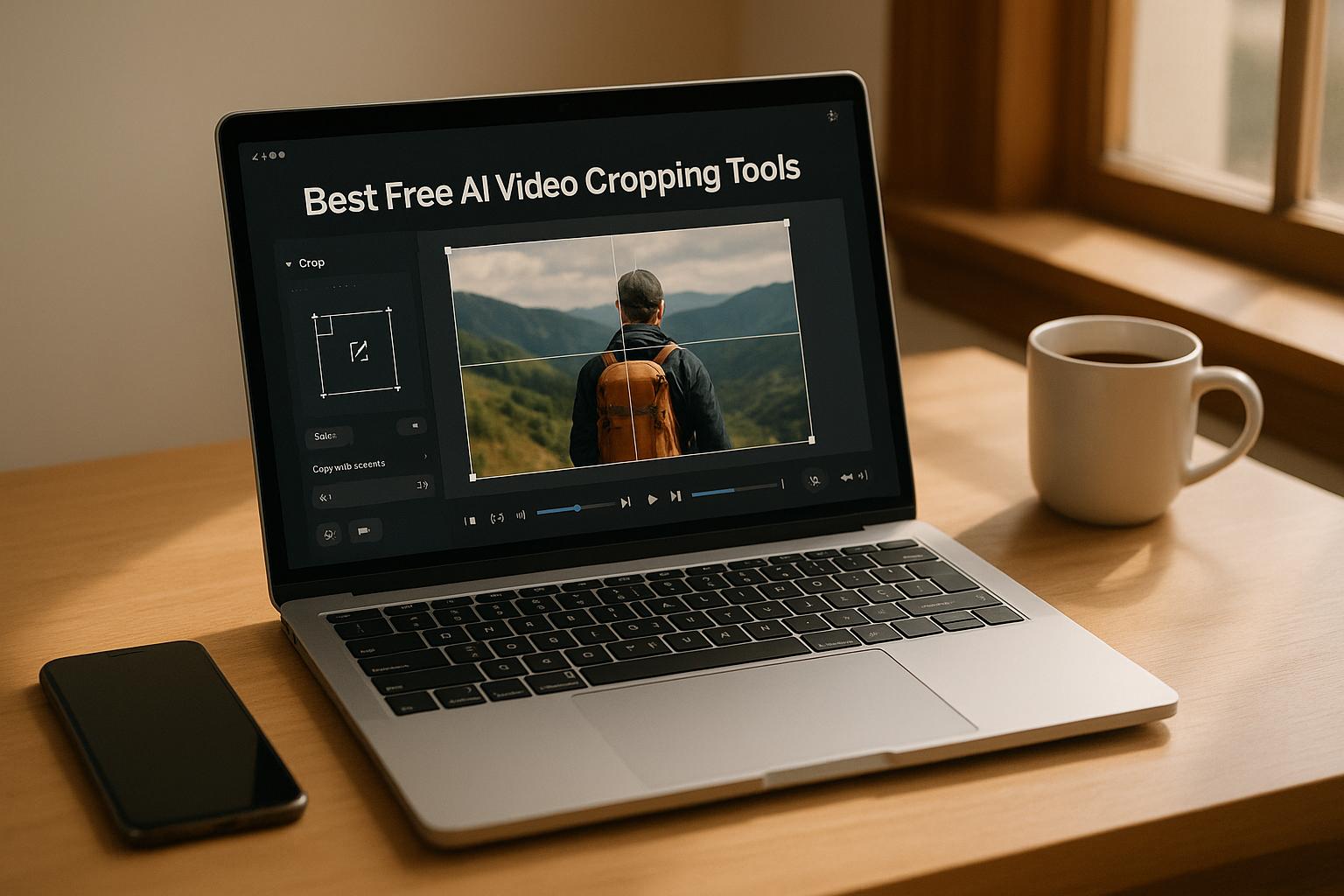As artificial intelligence continues to revolutionize industries, newsrooms are not left out. Large Language Models (LLMs) like OpenAI’s GPT series or Anthropic's Claude are becoming pivotal tools for journalists, editors, and content creators. However, evaluating these models for journalistic tasks remains a challenge. This article is a transformative exploration of how journalists and newsrooms can benchmark LLMs to align with core journalistic values, based on insights from a workshop led by Northwestern University’s Generative AI in the Newsroom initiative.
Why Benchmarking Matters in Journalism
The rapid proliferation of LLMs has introduced a host of benchmarks for evaluating their capabilities - ranging from academic knowledge and code generation to multimodal capabilities and common-sense reasoning. However, the big question for journalists is: do these generic benchmarks matter for newsroom-specific use cases?
Journalistic tasks, such as summarization, fact-checking, content transformation, and data extraction, demand unique considerations. Moreover, journalistic values like accuracy, transparency, timeliness, and bias sensitivity often transcend the scope of generic AI benchmarks. Developing newsroom-focused benchmarks can help journalists evaluate and choose LLMs that support editorial goals while upholding ethical and professional standards.
This article will guide you through the lessons learned from a comprehensive workshop on benchmarking LLMs for journalism, highlighting how to evaluate these tools effectively and practically.
Key Challenges in Benchmarking AI for Journalists
The workshop revealed several challenges that journalists and newsrooms face when attempting to benchmark LLMs:
1. Variability in Journalistic Tasks
Journalistic tasks differ significantly depending on the context. For instance, summarizing breaking news requires immediacy and accuracy, while creating narrative features demands a deep understanding of tone and nuance. This variability complicates the creation of generic benchmarks.
2. Constructing Datasets for Evaluation
Developing datasets that reflect real newsroom tasks is resource-intensive. Many datasets require annotations by professionals, which involves time, editorial expertise, and potentially sensitive data. Additionally, there’s concern over data contamination, where LLMs may have already been trained on public datasets.
3. Quantifying Journalistic Values
Journalistic values like accuracy, transparency, and bias sensitivity are challenging to quantify. For example:
- Accuracy: While AI companies define accuracy differently, journalists must assess accuracy in terms of factual correctness and appropriate context.
- Transparency: Can the AI explain its reasoning or cite sources? This value is critical but difficult to measure.
- Bias Sensitivity: Detecting and addressing bias requires both technical evaluation and alignment with newsroom standards.
4. Iterative Human-AI Interaction
Journalistic use of AI often involves iterative processes, where reporters refine AI outputs over multiple cycles. Benchmarks must account for this real-world interaction rather than assuming one-off tasks.
5. Organizational and Human Factors
From audience needs to business considerations, external factors also influence how LLMs are evaluated, adding another layer of complexity.
A Framework for Benchmarking AI in Newsrooms
To overcome these challenges, the workshop outlined a structured approach to developing benchmarks tailored to newsroom needs. Here’s a breakdown:
1. Define Use Cases and Context
Each benchmark should focus on specific tasks, with detailed descriptions of the input, output, audience, and style. Common use cases include:
- Summarization: Generating concise, accurate summaries for internal reporting or public-facing content.
- Information Extraction: Pulling key details from complex datasets or documents, such as government reports or legal filings.
- Fact-Checking: Verifying claims and identifying inaccuracies.
- Content Transformation: Adapting content across formats, such as turning text into podcasts or infographics.
2. Prioritize Journalistic Values
Metrics should directly align with core journalistic principles:
- Accuracy: Test LLM outputs against human-verified ground truths.
- Timeliness: Measure how quickly models generate relevant, up-to-date outputs.
- Transparency: Assess whether the model explains its reasoning or cites sources.
- Bias Sensitivity: Evaluate outputs for fairness and representation.
3. Ensure Flexibility in Data Usage
Newsrooms should have the option to keep evaluation datasets private for security and confidentiality or share them openly for community benchmarking.
4. Iterative Development of Benchmarks
To reflect real-world newsroom scenarios, benchmarks must account for multi-step interactions. For instance, journalists often refine AI-generated summaries by providing feedback and re-prompting.
Testing LLMs: The Evaluation Cookbook
One of the outcomes of the workshop was a practical "evaluation cookbook" designed to help newsrooms systematically test LLMs. The cookbook emphasizes clarity, adaptability, and practical implementation.
Case Study: Information Extraction Task
As an example, the team demonstrated an information extraction benchmark using government reports on AI use in public services. Here's how the process worked:
- Dataset: The dataset included 120 government reports, with human-verified annotations specifying the year, agency name, and relevant excerpts about AI use.
- Task Setup: Five LLMs were tested to extract the same information using standardized prompts via OpenRouter, a platform for multi-model testing.
- Metrics:
- Accuracy: The models' outputs were compared to human annotations (ground truth).
- String Matching: For textual excerpts, the longest common substring between AI and human outputs was measured.
- Speed: The time taken by each model to generate results was also recorded.
This modular structure allows newsrooms to adapt the evaluation to their own datasets and tasks while ensuring consistency.
Practical Tips for Newsrooms
Based on the workshop findings, here are some practical steps for newsrooms ready to evaluate LLMs:
1. Start with a Clear Use Case
Identify the specific task you want the LLM to perform, such as summarization, fact-checking, or transcription. Clearly define the input format (e.g., text, audio, or video) and desired output.
2. Collaborate Across Departments
Involve reporters, editors, product managers, and data scientists in the evaluation process. Each team brings valuable perspectives on accuracy, usability, and audience needs.
3. Test for Variability
Simulate real-world conditions by testing the model with different input types (e.g., scanned documents, PDFs, or raw data). Evaluate how well it handles edge cases, such as ambiguous or incomplete data.
4. Focus on Journalistic Values
Develop metrics that reflect newsroom priorities, particularly accuracy, bias sensitivity, and timeliness. Document how these values influence your evaluation criteria.
5. Iterate and Adapt
Treat benchmarking as an ongoing process. Update your datasets and evaluation criteria as newsroom needs and AI capabilities evolve.
Key Takeaways
- Journalism-Centric Benchmarks: Generic AI benchmarks don't fully address newsroom needs. Tailor benchmarks to specific journalistic tasks and values.
- Define Metrics Clearly: Focus on accuracy, timeliness, transparency, and bias sensitivity.
- Collaborate Across Roles: Involve journalists, product managers, and data scientists in the evaluation process.
- Account for Context: Each use case (e.g., summarization or information extraction) requires specific parameters and metrics.
- Iterative Evaluation: Build benchmarks that reflect how journalists interact with AI tools over multiple cycles.
- Data Challenges: Use annotated datasets, but address concerns about privacy, data contamination, and resource constraints.
- Flexibility: Ensure benchmarks can adapt to a wide range of newsroom tasks and organizational needs.
Conclusion
Benchmarking AI tools for journalism is a complex but essential process. By aligning LLM evaluation with journalistic values and real-world use cases, newsrooms can harness the power of generative AI while upholding their commitment to accuracy, transparency, and accountability. The evaluation cookbook offers a practical starting point, but continuous collaboration and iteration will be key to refining these benchmarks for the ever-evolving media landscape.
Source: "Benchmarking AI Tools for Newsrooms: Measuring LLMs the Journalist Way" - Hacks/Hackers, YouTube, Aug 25, 2025 - https://www.youtube.com/watch?v=KmA412FaehM
Use: Embedded for reference. Brief quotes used for commentary/review.



